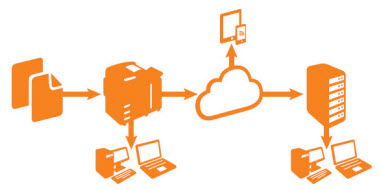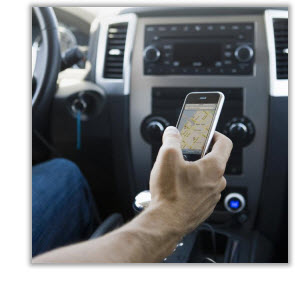As businesses grappled with the consumerization of IT, one of the major misperceptions IT folks found themselves combating is the notion that the ubiquity of easy-to-use smartphones and tablets, and productivity apps such as Dropbox, lessened the importance of IT’s technology oversight.
That’s according to the excellent article, “Consumerization 2.0: IT’s Only Road To Relevance,” courtesy of InformationWeek.
The writer goes on to explain how the nascent consumerization 2.0 push will restore IT’s relevance—and set greater expectations—in the minds of BYOD-friendly employees.
As stated in the article:
“The defining characteristics of this emerging 2.0 phase are:
- Easy-to-use interfaces: Dish Network gave 15,000 field technicians Galaxy phablets with apps to manage their workday and customer interactions. The training regime: a 17-minute video. If new software doesn’t make sense, employees just won’t use it.
- A ‘why can’t we?’ attitude: ‘Dropbox was happening, and I could understand it because believe me I was tempted myself,’ says Mary Gendron, CIO of Celestica, a contract manufacturer with 30,000 employees worldwide. That doesn’t mean IT organizations must say yes to every consumer app, but if an app offers a better way to get everyday work done, IT had better acknowledge the need and at least replicate that capability.
- Speedy delivery: Line-of-business leaders expect apps to go from idea to implementation in a quarter or two, not in a year or 18 months. Speed often means doing iterative development rather than knocking off a big project and moving on, or it means putting more power into the hands of end users to configure software to their needs.
- Integration with enterprise apps and data: Consumerization 2.0 apps must draw on data held in legacy IT systems because they’re built to meet a very specific business need. Marketing teams that set up quick-hit cloud apps without IT organization involvement now need to draw from other enterprise systems, use those cloud apps on a mobile platform, do deeper analytics on the data, and funnel results into an executive dashboard. IT has to deliver all those capabilities, while keeping data secure and not sacrificing design and speed.”
There’s much more to learn by reading the entire article. It’s very thorough, timely, and quite helpful to those hoping to gain broader understanding of the ways in which the emerging consumerization 2.0 phase will affect businesses and organizations of all sizes.



The issue with using “Productivity apps”, such as Dropbox or other cloud sharing products is security of the data. Your data is outside the confines of the organization, open to being confiscated by law enforcement as “business records”, or being absconded with by an employee of the cloud service provider. What happens when the service provider has a “technical glitch” and your shared data gets recycled into free electrons (anyone remember Google and their vaporizing five million user accounts, with no hope of recovering the data, or Amazon’s cloud server and data storage service nuking several of their servers and then telling the service providers that bought space on those servers “sorry all your backups were corrupted, we can’t recover your business.”
John, I couldn’t agree more. Security will remain the most substantial obstacle when companies decide to embrace the consumerization of IT trend. Thanks for your comment.